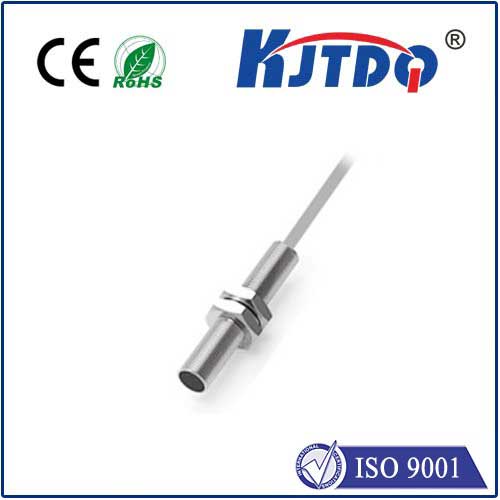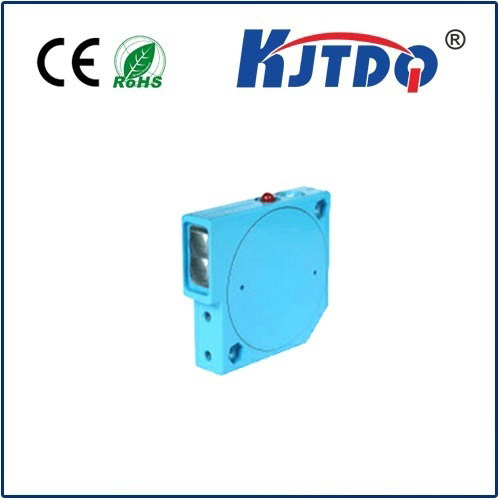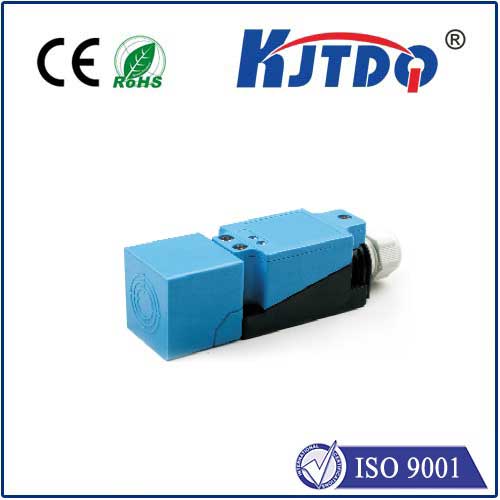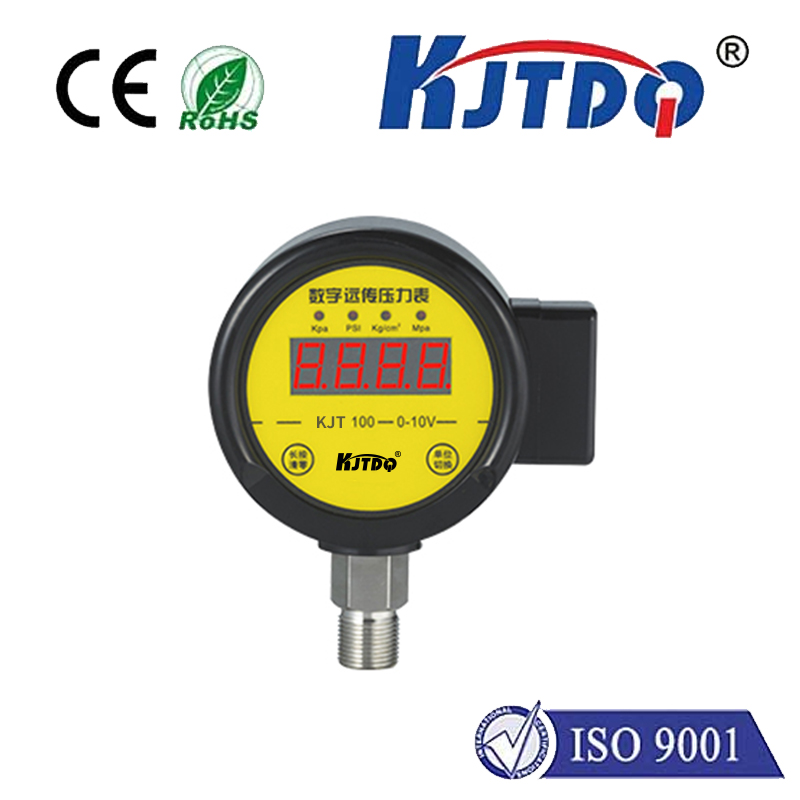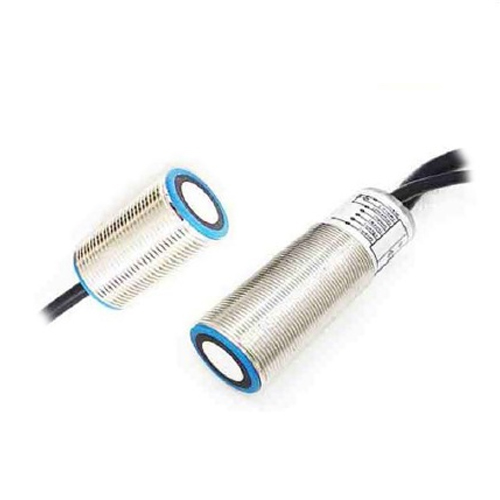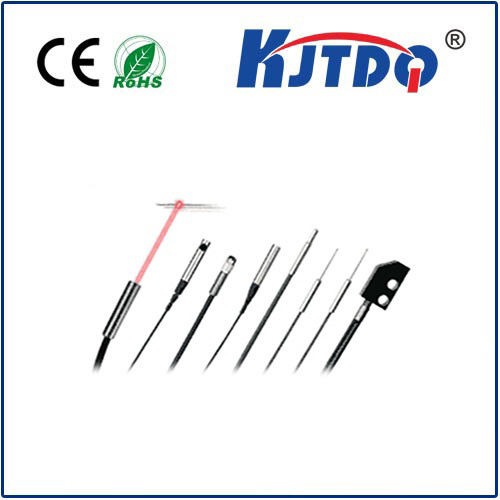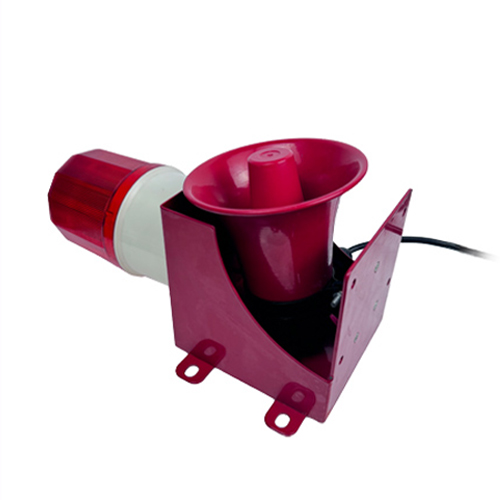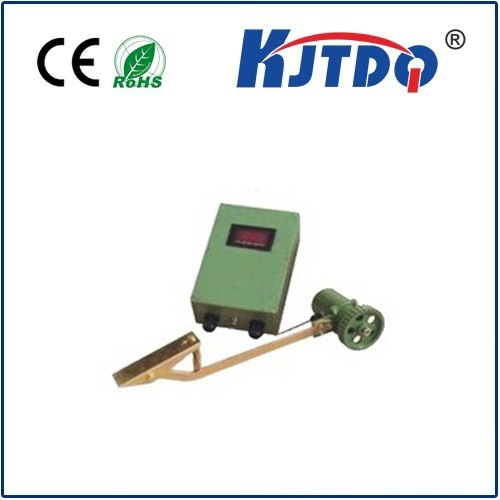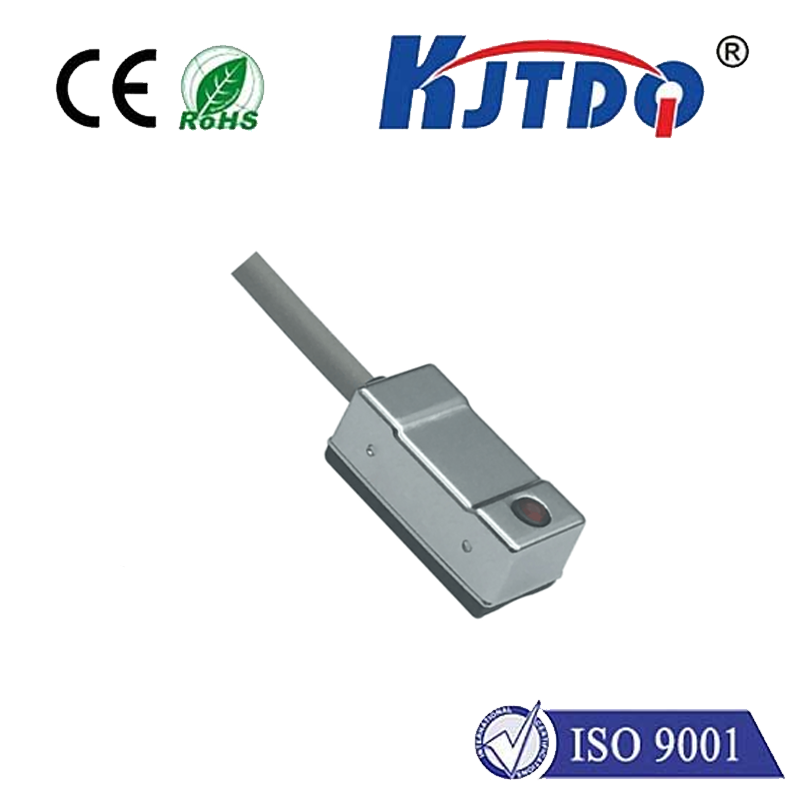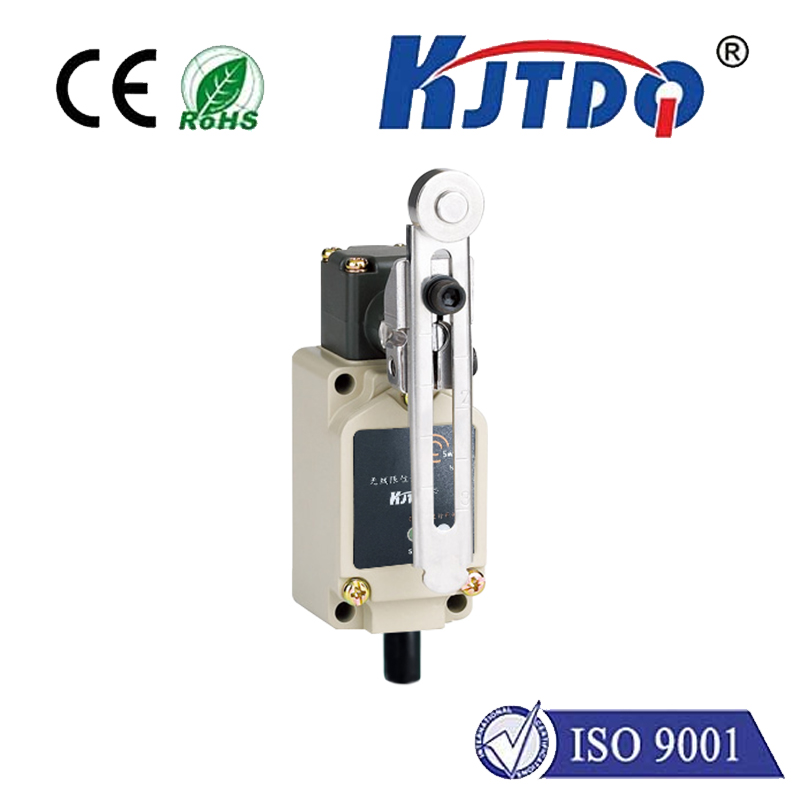proximity switch sensor two wire
- time:2025-09-05 16:47:49
- Нажмите:0
Two-Wire Proximity Sensors: Simplified Detection with Minimal Wiring
Ever stared at a complex machine, tangled in a web of wires, and wished for a simpler solution? What if a critical sensing task could be accomplished with just two wires instead of the usual three? Welcome to the world of two-wire proximity sensors, a fundamental technology offering remarkable simplicity and cost-effectiveness for countless industrial automation applications. These sensors strip proximity sensing back to its essential core: detecting the presence or absence of a metallic target reliably, using minimal components and wiring effort.
Understanding the Proximity Switch Foundation
At their heart, proximity sensors are non-contact devices. They detect the approach of a metal target (usually ferrous steel, but specific types work with non-ferrous metals too) without needing physical touch. This is achieved using electromagnetic fields – typically inductive principles for metal detection. When a metal object enters this field, it causes a detectable change (like eddy current losses), which the sensor’s electronics interpret as a “target present” signal. This makes them incredibly durable, ideal for harsh environments where dirt, grease, or vibration would damage mechanical switches.
The Core Distinction: Two Wires vs. Three Wires
This is where the “two-wire” specification becomes crucial. Most standard proximity sensors require three wires:
- Supply Positive (+V)
- Supply Negative (0V / GND)
- Signal Output (Switched Load)
- Three-wire sensors have a dedicated output line. When they detect a target, they actively switch this output line (commonly sourcing PNP or sinking NPN current) to the supply voltage or ground, providing a clean, independent signal.
Two-wire proximity sensors eliminate the dedicated signal wire. They achieve this by functioning in series with the load they are controlling (like a relay coil, PLC input, or small indicator lamp). They only have two connections:

- Supply Positive (+V)
- Load Connection (Switched Path)
How Do Two-Wire Proximity Sensors Work?
The magic lies in their internal electronics. Unlike their three-wire cousins that actively drive the output, a two-wire sensor essentially acts like a variable resistor controlled by the target presence:
- No Target Present: The sensor presents a relatively high electrical resistance (or more accurately, a high impedance) between its two wires. Only a tiny leakage current (typically less than 1-2 mA) flows through the circuit. This current is too low to activate the connected load (e.g., the PLC input remains “OFF”).
- Target Present: The sensor’s internal circuitry drastically lowers its resistance/impedance. This allows sufficient operating current (ranging from a few mA up to around 200mA, depending on the model) to flow through the sensor and the connected load. This current is now large enough to activate the load (e.g., the PLC input sees sufficient current to register as “ON”).
Essentially, the sensor controls the load by modulating the current flow path directly through itself.
Key Advantages of Two-Wire Proximity Sensors
The simplicity of the two-wire design translates into significant benefits:
- Simplified Wiring & Reduced Costs: This is the most compelling advantage. Eliminating one wire per sensor drastically reduces installation time, wiring complexity, conduit needs, and terminal block space. Over hundreds of sensors in a large plant, this translates to substantial material and labor savings.
- Space Savings: Their compact design, coupled with less wiring clutter, makes them ideal for space-constrained control cabinets or machinery.
- Compatibility with Simple Control Circuits: They integrate directly with standard relay coils, pilot lights, and many legacy PLC DC input modules designed for simple switch closures, without needing additional interface components.
- Robustness (Shared Benefit): Like all proximity sensors, they are solid-state, wear-free, and highly resistant to shock, vibration, and contamination.
Important Considerations and Limitations
While powerful, two-wire sensors have characteristics engineers must account for:
- Voltage Drop: Since the sensor is in series with the load and carries the load current, it inherently causes a voltage drop across its terminals when active. This reduces the voltage available for the load. Care must be taken to ensure the load still receives sufficient voltage to operate reliably after this drop (consult datasheets!).
- Leakage Current (Off-State): The small residual leakage current when the sensor is “OFF” can be problematic. If the connected load has a very high impedance (like some sensitive solid-state PLC inputs), this leakage might be misinterpreted as an “ON” signal, causing malfunctions. Using a bleed resistor across the load is often necessary to shunt this leakage current.
- Minimum Load Requirement: Conversely, two-wire sensors require a minimum load current to flow when activated to function correctly. If the load resistance is too high (current too low), the sensor might not stabilize or switch reliably. Again, datasheet specifications are critical.
- Output State Clarity: Their behavior relies more heavily on the connected load’s characteristics compared to the unambiguous sourcing/sinking action of a three-wire sensor.
Where Two-Wire Proximity Sensors Shine: Applications
Their blend of simplicity, cost-effectiveness, and robustness makes them exceptionally well-suited for:
- Replacing Mechanical Limit Switches: A primary application, offering non-contact reliability.
- Basic Presence/Absence Detection: Counting objects on a conveyor, verifying part placement in a fixture, detecting end-of-travel positions.
- Simple Machine Control Loops: Activating mechanisms based on part positioning.
- Integrating with Traditional Relays and Contactors: Their design naturally suits driving coil loads.
- Monitoring Positions on Rotating Equipment: Detecting flags or teeth on shafts.
- Cost-Sensitive Projects: Where the savings in wiring and components per point are paramount.
Choosing the Right Sensor: Key Specifications
When selecting a two-wire proximity sensor, focus on these critical parameters:
- Operating Voltage Range: Ensure compatibility with your control voltage (e.g., 10-30 VDC).
- Rated Operating Current (ON State): The current it can reliably pass when detecting a target (e.g., 5-100 mA). Must be sufficient for your load.
- Maximum Leakage Current (OFF State): Critical for ensuring false triggers don’t occur with high-impedance loads.
- Voltage Drop (Vdrop @ Rated Current): Know how much voltage will be lost across the sensor when on.
- Minimum Load Current Requirement: The smallest load current needed for stable operation.
- Switching Distance: The nominal sensing distance for the target material (often specified for Fe360 mild steel).
- Housing Material & Size: For environmental protection and physical mounting constraints (e.g., M8, M12, M18, M30 threaded barrels).
- Output Type: Confirming it’s genuinely a two-wire DC sensor. Ensure it fits your application’s environmental needs (IP rating).
The Power of Simplicity
Two-wire proximity sensors are a testament to elegant engineering solutions. By mastering the fundamental flow of current through the sensor itself, they deliver reliable object detection with unparalleled wiring simplicity. Understanding their operating principle – particularly the concepts of leakage current and voltage drop – is essential for successful implementation. When simplicity, cost reduction, and compatibility with traditional controls are primary goals, two-wire proximity sensors offer a compelling alternative, proving that sometimes, less wiring truly is more. Their enduring presence in automation underscores their effectiveness in streamlining countless detection

